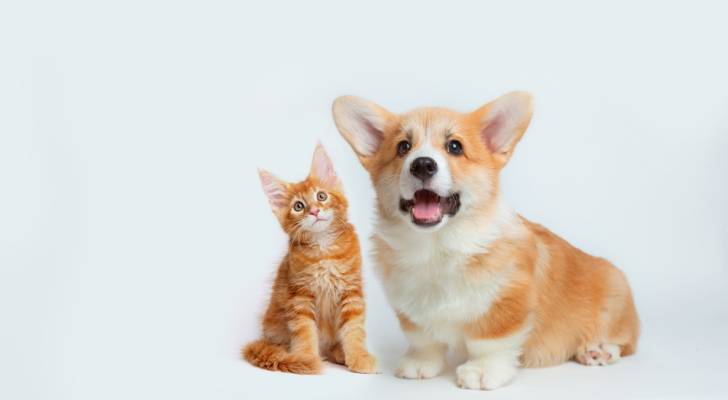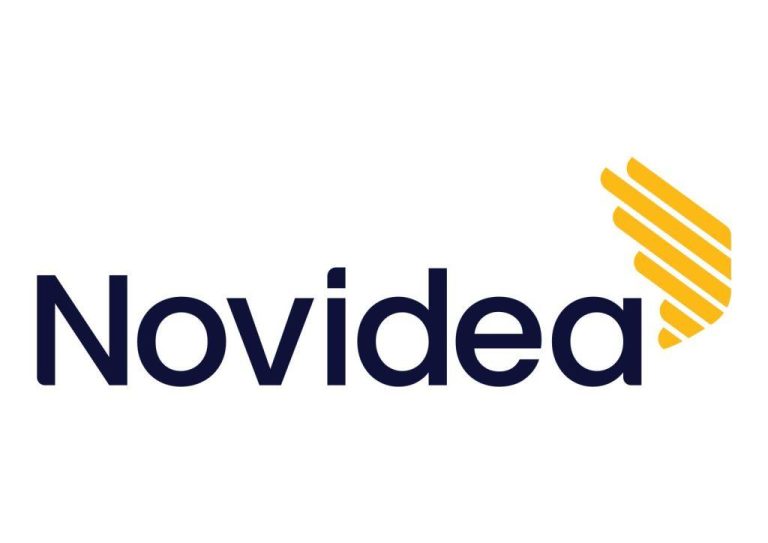
It’s easy to go overboard when you’re getting a new pet. Whether it’s supplies, toys or even clothes, some things are just too cute to pass up. But these things quickly add up, even if you try to stick to necessities. It’s possible to budget and plan for your new furry addition, and we’ve put together a list of expenses to plan for during that first year.
Canadians love their pets
Pet ownership in Canada has reached new heights, with about half of households sharing their homes with furry family members. According to the Canadian Animal Health Institute, that equates to 7.9 million dogs and 8.5 million cats. While these furry companions bring immeasurable happiness and joy to our lives, it’s important to recognize and plan for the financial responsibilities that come with pet parenthood.
The commitment extends far beyond the initial adoption or purchase costs. Pet parents need to provide essential care, including quality nutrition, regular grooming services, veterinary care and various other necessities. Statistics from Rover.com highlight a significant 12% increase in pet-related expenses since 2022, mainly due to inflation that’s caused everything from pet food to vet bills to go up in price, making financial planning more crucial than ever.
Fortunately, by being proactive, you can manage and reduce pet care costs.. By understanding and anticipating both immediate and long-term expenses associated with pet ownership, you can develop a practical budget that ensures your beloved companion receives the best care while maintaining financial stability.
If this is the year you’ve decided to bring home a pet, we’ve broken down the costs you can expect in the first year for a new dog or cat. We’ve focused on dog and cats for the purpose of this article as they are the most popular (and expensive) pets, but I do know there are other pets out there, such as bunnies and guinea pigs, that people love to have in their homes.
Bringing a new dog home: First-year costs
When you bring a new dog into your home, there are several initial expenses to consider. These one-time costs include both the price of acquiring your pet and essential supplies needed to provide proper care.
We’ll also cover the must-have items you’ll need before welcoming your new companion, including feeding equipment, grooming tools and walking accessories.
While these are typically considered one-time purchases, it’s important to budget for eventual replacements. Items may need to be replaced due to normal wear and tear, and puppies will outgrow their initial supplies as they mature into adult dogs. You may want to spend more on quality, brand name products that will last years instead of months. For instance, a well-made harness will cost more up front, but replacing it with a cheaper model every few months or years will add up over time.
You can expect to pay upwards of $5,000 to $7,000 in the first year of getting a puppy (it’ll be closer to the higher end if you’re purchasing a purebred puppy from a breeder, and of course, it depends on the dog breed).
You’re thinking to yourself “What? That much for a puppy?! But I’m planning to adopt, won’t that bring down the amount?” While most adoptable dogs are cheaper than ones from a breeder (plus, they come spayed or neutered), that’s just one piece of the puzzle. If you’re planning on bringing home an adult dog, it’s a bit cheaper — the price is more like $4,000.
Read More: A surprise trip to the vet can cost $1,000 or more. Don’t get caught off guard. See how pet insurance can ease the stress — and cost — of caring for fur babies. Protect yourself now
Here are just a few of the common costs that can come with the first year of puppy/dog ownership (these are approximate costs):
- Breeder costs: $1,000 to $4,500
- Adoption fees: $200 to $800
- Total veterinarian bills: Around $2,000
- Veterinary exams with vaccines: $500 to $600
- Neuter/spay: $750 to $1,200
- Microchip dog cost: $45 to $95
- Deworming medication: $70 to $80
- Pet Insurance: $600 to $1,800 per month
- Pet food: $1,100
- Grooming: $60 to $150
- Collar and leash: $50
- Bed: $30 to $70
- Crate: $100 to $300
- Obedience classes: $500
- Licence: $35
Additional costs to consider when owning a dog include pet care services like dog walkers or doggy daycare, especially if you work full-time out of the home. These services ensure your pet gets proper exercise and attention during the day. When planning vacations, you’ll need to factor in boarding facilities or pet sitting services, unless you opt for pet-friendly travel destinations.
Property damage is another financial consideration of dog ownership. Dogs may occasionally have accidents indoors, and puppies or anxious dogs might exhibit destructive behavior like chewing furniture or causing damage to flooring and carpets (I know this one too well). It’s important to budget for potential repairs or replacements of damaged items.
Bringing a new cat home: First-year costs
The financial commitment of cat ownership is less than that of dogs, with Canadian pet parents spending an average of $2,542 annually on their feline friends, according to Statista. First-time kitten parents should prepare for higher initial costs compared to subsequent years of cat ownership. The Ontario Veterinary Medical Association reports that the first year of kitten care typically costs between $3,091 and $3,231. This higher first-year expense is due to one-time purchases and essential medical procedures that set your kitten up for a healthy life.
Here are just a few of the common costs that can come with the first year of kitten/cat ownership (these are approximate costs):
- Total veterinarian bills: $1,500 to $1,800
- Vaccinations: $500 to $600
- Spay/neuter: $600 to $800
- Microchip: $45 to $95
- Deworming medication: $70 to $80
- Peet insurance: $29 to $35
- Pet food: $500 to $700
- Collar: $20
- Bed: $50
- Scratching post: $40
- Litter and litter box: $275
- Licence: $15
Final word
It’s easy to get in over your head when it comes to the first year of pet ownership costs. But by planning ahead and budgeting, your new dog or cat will have everything they need when you welcome them into your home.
Sources
1. Canadian Animal Health Institute: Biennial pet population survey shines a light on how pet population statistics changed over the course of the COVID-19 pandemic, and pet owner habits.
2. Rover.com: Home page
3. Statista: Annual cost of caring for a cat in Canada
4. Ontario Veterinary Medical Association: Annual cost of caring for a cat in Canada
This article What to expect when you’re expecting: First year cost for petsoriginally appeared on Money.ca
This article provides information only and should not be construed as advice. It is provided without warranty of any kind.


